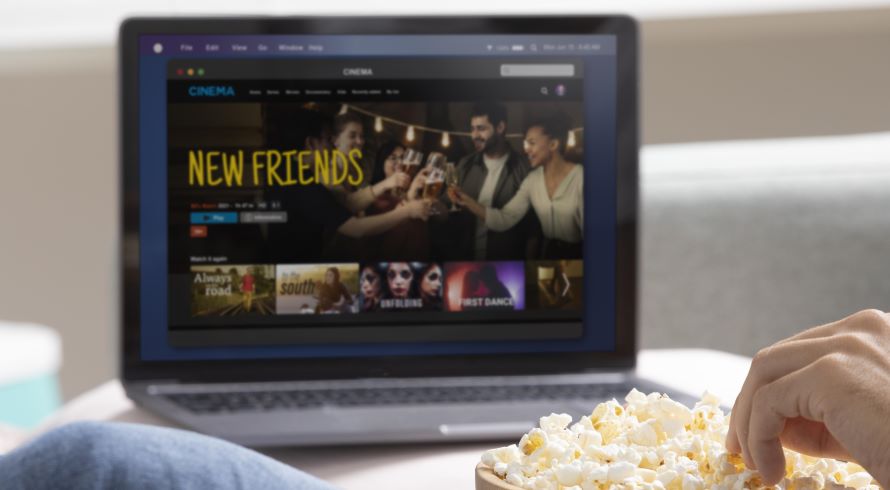Unlocking Growth Through Strategic Product Bundling

Summary
Product bundling in B2B marketing is a strategic way for CMOs to drive new customer acquisition by offering integrated solutions that meet multiple customer needs. Bundling increases perceived value, simplifies purchasing decisions, and encourages cross-selling and upselling. It also allows businesses to offer competitive pricing and improve customer retention by providing comprehensive, long-term solutions. For B2B CMOs, bundling is a powerful tool to differentiate from competitors and build stronger, more lasting relationships with new customers.
Inspired by a recent article on Netflix growth and how it is leveraging product bundling to drive new customer acquisition! In the B2B world, competition is fierce, and standing out requires a strategic edge. One of the most effective ways to both differentiate and drive value is through product bundling. Product bundling allows companies to package multiple products or services into one offering, typically at a lower combined cost. While bundling is often associated with B2C sales, its potential in B2B can be transformative for customer acquisition and long-term growth.
As a CMO, you’re constantly working towards acquiring new customers while optimizing value for your existing base. Bundling provides a dual benefit—it meets the needs of customers looking for holistic solutions while also expanding your company’s footprint across multiple offerings. Let’s explore why bundling should be a key component of your acquisition strategy and how to implement it.
What is Product Bundling?
Product bundling involves offering a set of complementary products or services together, often at a discounted price compared to buying them individually. In B2B, the value extends far beyond the discount. Bundling creates a comprehensive package that addresses multiple customer pain points, driving faster buying decisions and stronger customer relationships. In the WSJ article, Netflix is leaning into streaming live events in order to attract advertisers. Netflix has increasingly bundled its service with rivals and distributors to attract new customers.
Why Bundling Works for B2B CMOs
Here’s why bundling is a high-impact strategy for CMOs focused on new customer acquisition:
- Amplifies Value Perception
Bundling elevates the perceived value of your offering. Instead of seeing your company as a provider of one product or service, customers begin to view you as a one-stop shop for multiple needs. B2B buyers, often tasked with solving complex challenges, prefer integrated solutions that save them time, money, and effort.
- Simplifies the Buying Process
One of the biggest barriers to purchase in B2B is decision fatigue. Complex buying committees and lengthy evaluations can stall the sales cycle. Bundling simplifies this process by providing an all-in-one package that addresses multiple needs at once.
By offering a well-thought-out bundle, you can help your prospects avoid the headache of comparing various solutions from multiple vendors. Bundles make the decision easier, especially for companies seeking efficiency in their procurement process.
- Drives Customer Acquisition with Competitive Pricing
Bundling allows you to offer attractive pricing that makes the package more appealing than buying individual components. New customers often need an extra incentive to switch vendors or try a new solution, and offering more value at a lower price can be the tipping point.
Additionally, time-sensitive or limited-time bundles can create urgency, pushing prospective customers toward faster decision-making. Offering discounted bundle promotions can also be effective in undercutting competitors or offering a lower entry point.
- Builds Long-Term Customer Relationships
Beyond acquisition, bundling also fosters customer loyalty. Customers who purchase a bundle that meets multiple needs are more likely to stay with your company in the long run, as they become dependent on your integrated solutions. Bundles create stickiness because switching would require finding multiple alternatives to replace the unified package you provide.
Recurring revenue models, such as subscriptions, also benefit greatly from bundling. A well-structured bundle can keep customers engaged over a longer period, as they continue to derive value from the multiple products or services included.
Connect with us if you aren’t sure if you can benefit from bundling with a rival or a complimentary product. Here is another resource for a quick read.
Image Credit: www.freepik.com





